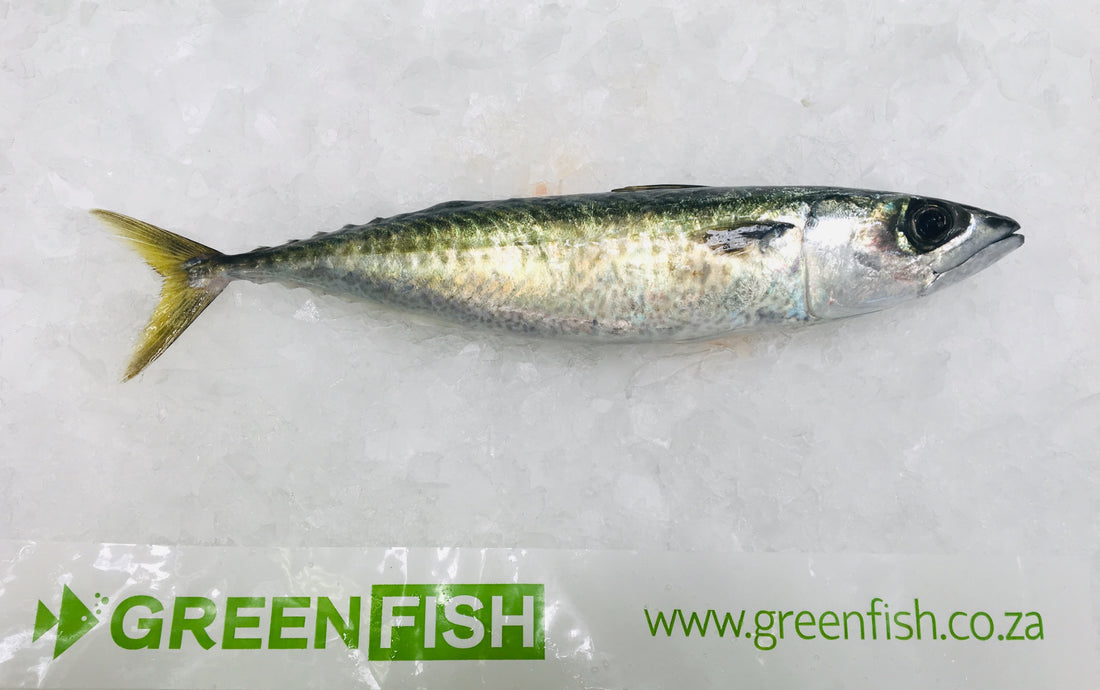
Don’t get caught online with Freshly Frozen - What no one wants to tell you.
Share
Don’t get caught online with Freshly Frozen.
Fresh is just that… fresh. From the sea to you. It is either fresh or it is frozen, it cannot be both at the same time. This is simply beyond the realm of what is physically possible.
The difference between fresh, frozen, land frozen, sea frozen, frozen from fresh, re-freshed, previously frozen, and my personal pet hate, freshly frozen.
All the terms above methods, except for fresh, have one thing in common FROZEN.
I’m not saying all frozen is bad, and fresh is definitely no guarantee of quality. That is why it’s so important to arm yourself with knowledge, to make a more informed choice.
Fresh Fish
Good quality fresh fish is exactly that, FRESH. To be regarded as fresh the fish should never have been frozen. Typically, fisherman will catch at sea and place their fish directly into fish crates or fish holds that are either filled with ice or a combination of ice and sea water (called slurry) to cool the fish down and hold freshness and safety until the fish is sold into the market. These fish are typically in the range of 0 - 2° C in temperature, firm yet soft to touch, and rigor mortis should have set in.
Good fresh fish would have been carefully managed from the time of catch, until it reaches your home, making sure the cold chain has been maintained and fish has been cared for correctly. Good fresh fish is typically 1 - 3 days old and up to 5 - 7 days since time of catch.
The first prize is to be standing on the quay side as a boat comes in after a morning’s catch and pulls a beautiful hand line caught fish out of the ice and into your care. However, we understand that this is not always possible so here a few tips on what to look out for:
- The overall appearance of the fish looks well cared for with no scratches or scuff marks.
- The flesh should spring back after you make a small indentation with your finger.
- Eyes should be clear and pronounced, not milky and depressed.
- Gills should be bright red and gill rakers free of slime. Each gill raker should stand fanned out, not stuck together.
- Slime on the outside of the skin is a good thing. Fish have a slimy layer over the skin while they are in the sea to protect them from infections, if this remains it shows you how fresh it is.
- Fresh fish smells like the ocean. A light salty smell is good, while a heavy strong fish smell is bad.
Poor Quality/ Bad Fresh Fish
Yes, a fish can be “fresh” and bad. Just because a fish is still in its fresh form does not make it a better choice. Many factors can cause a fish in its “fresh state” to be bad quality. These include:
- Poor onboard handling practices at time of catch and off load, or poor factory quality controls.
- Poor icing techniques and cold chain management.
- Age, time since catch. Past its best before date.
- Species - some fish and seafood is more robust than others and holds better.
- When and how the fish was cut and contact with fresh water.
Frozen Fish/Seafood
Frozen is turning something into a solid due to extreme cold. In the seafood industry generally frozen seafood is stored and considered to be frozen at temperatures between minus 18° C (lean fish) to minus 25° C (fatty fish), while sashimi grade tuna is stored at -60° C (to help retain the red colouration).
Sea and Land Frozen
It is exactly as it says. Sea frozen is a fish or seafood that is caught on a big boat and frozen a time of catch. Sea Frozen seafood is normally of a very high quality due to the short time from catch to locking in the goodness of the frozen state. Land frozen is a land-based freezing operation using a blast freezer. This too can be a good product if you trust your supplier to following the correct quality controls. Frozen from fresh will fall into both these categories.
Re-Freshed
This is fish that was previously frozen and has been thawed out and now been sold in a “fresh” / Soft state, ready to cook. It is often confused with fresh fish due to its appearance and can be somewhat deceiving in some presentations.
Previously Frozen
As in the description it has been frozen before. This happens mostly in 2 instances. A fish was frozen in a whole state, it was then defrosted cut into fillets or portions and then re frozen, or a fish was frozen then defrosted and now been sold in a “fresh” state (much the same as re-freshed)
Freshly Frozen
What is freshly frozen? It should either be fresh or frozen, not both. To me this is a very devious term used by companies that want to attract consumers on the romance and quality of fresh fish while selling them frozen fish. This is something that causes great confusion between many consumers as they think they are getting a fresh fish and then receive a frozen fish.
We hope that you have found this article useful and that it assists you in finding the freshest catch. If you would like to remove the guesswork, then you can place an order at greenfish.co.za and we’ll ensure you get only the highest quality.
